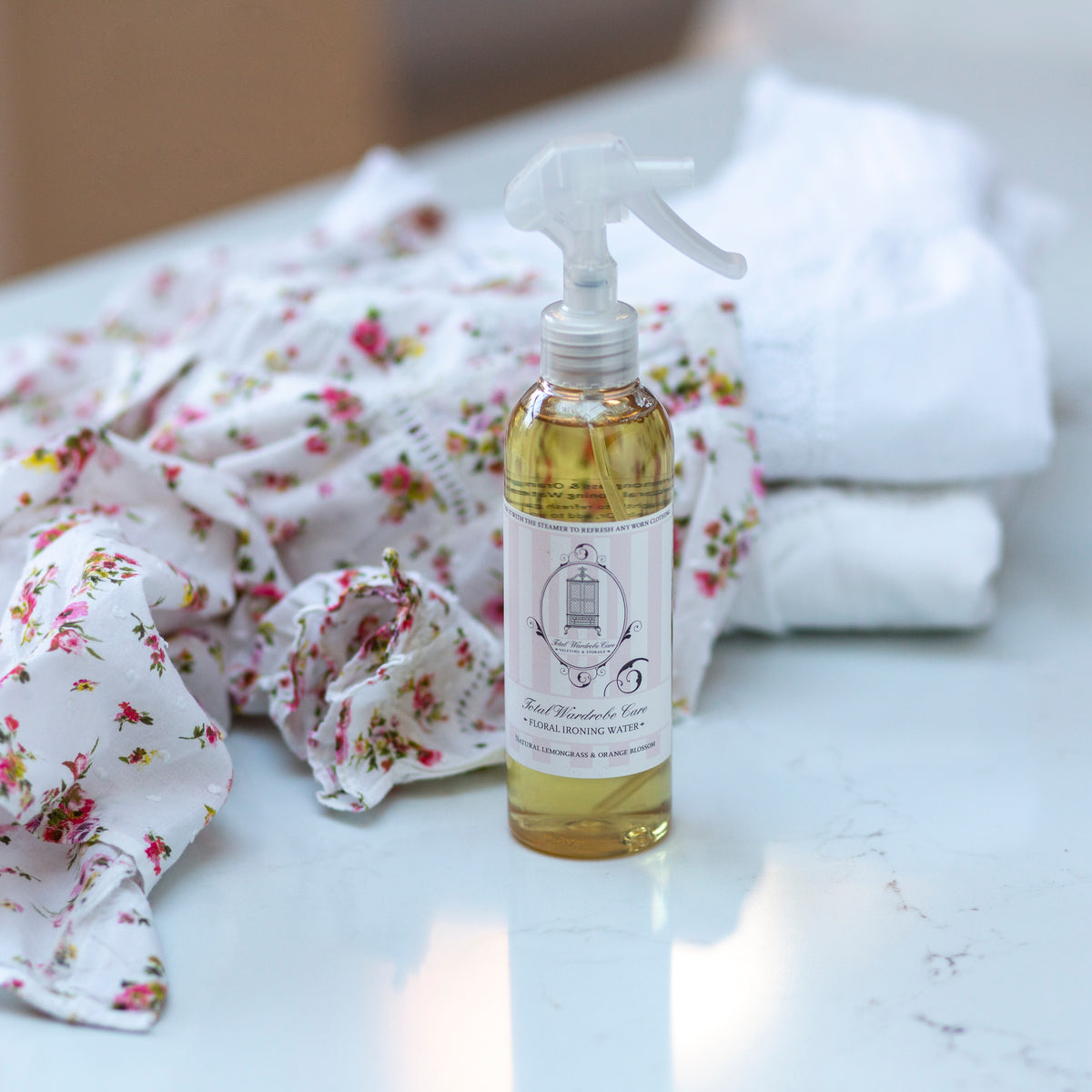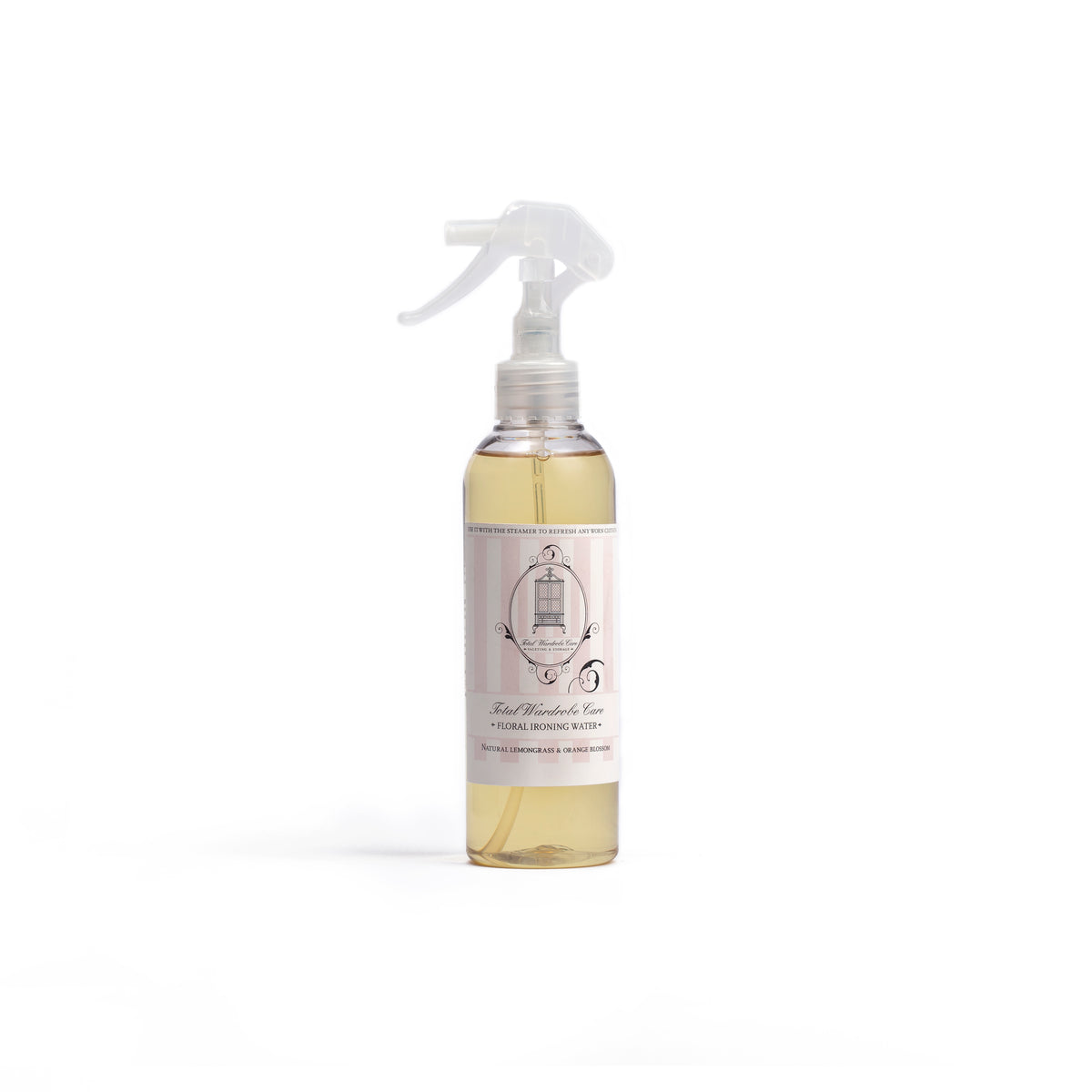#SECONDHANDSEPTEMBER
I have been watching Oxfam’s campaign, #secondhandseptember, with great interest. My lifelong career as a seamstress means that I automatically look at vintage worn or ill-fitting clothes with a positive ‘how can we fix or re-purpose this’ approach rather than just throwing them away. The make-do-and-mend mentality is dying out as the fast fashion culture has grown and it seems now, we are just realising the damage that the throw-away society, particularly in fashion, is inflicting on the planet.
The recent research from Oxfam on the environmental impact of clothes production brings home our obsession with fast fashion and the damaging consequences for the planet and us. For example, the research shows that an estimated two tonnes or more of clothing are bought each minute in the UK, which is more than any other country in Europe. That amount produces nearly 50 tonnes of carbon emissions – the same as driving 162,000 miles in a car”.
So, to back the trend of this campaign we thought we’d offer some tips on clothes care to help you get the most out of your charity shopping.
Most of us can relate to the joy of finding a gem of an item in a charity shop. We had a discussion in the office about what amazing finds the team has had this year and we came up with; an orange 100% cashmere pashmina with buttons so you can wear it five ways for a mouth-watering £5, a Boden belted workwear dress for £6.50, an Esprit jersey blazer for £5.

But all of these items, though wonderful, had little issues. For example, the cashmere pashmina was in very good condition but smelled musty and also had a few light bobbles, the belt on the dress had slight bobbling, and the blazer seemed nearly new so was too good not to buy but the arms were too long and need to be folded up. You will rarely find absolute perfection but don’t let this put you off as you will miss out on some fabulous pieces. Instead, read my tips below on reviving and repurposing your treasure.
REVIVING DELICATE FABRICS
Caring for delicate fabrics like cashmere, wool and silk need not be a headache as long as you know what you're doing. Cashmere and wool naturally pill in places like underarms so this is what you will undoubtedly come across with a second-hand find.
To deal with this, use a knitwear comb. It’s easier to de-pill when you’re wearing the item. Hold the area and gently brush the rough edge against the wool, the pills are then removed and stick to the comb. Don’t be tempted to use an electronic fabric shaver, these are ok with very hardwearing fabrics, but they will eat very delicate items and create holes instantly.
CLEANING YOUR PRE-LOVED CLOTHES
When it comes to washing delicates like cashmere, you don’t always need to dry clean, but we would advise against using the washing machine on even the wool or handwash setting. Instead, hand wash them yourself using a gentle cashmere laundry liquid.
To use our laundry liquid, dissolve the liquid thoroughly in lukewarm water. Ours is made from aloe vera and rosemary with very gentle soap. Leave to soak then rinse gently and make sure you wash coloured garments separately. Squeeze gently, do not twist or wring and this will stretch the shape. Dry flat after removing excess water, away from direct heat and sunlight.
Finally, press with a damp cloth, using a cool iron and iron from the inside of the garment. Expensive brand-new silk items should really be dry cleaned but for second-hand silk items we would be happy to hand wash as above. For ironing silk items, a steamer is sometimes easier to use.
For more help on how to hand wash your clothes, check out our blog post here.
STORING YOUR SECOND-HAND GARMENTS
After cleaning your pre-loved garments, it’s essential to store them properly to maintain their quality and protect them from damage. Using our fabric storage boxes and knitwear bags, you can ensure your vintage finds are shielded from dust, moths, and wear.
Our storage boxes fit neatly on wardrobe shelves, keeping your clothes organised, while our cotton and non-woven garment bags offer extra protection for delicate fabrics like wool, cashmere, and silk. Proper storage not only preserves the condition of your garments but also extends their lifespan, so you can enjoy your charity shop treasures for years to come.
AVOID ITEMS WITH STAINS
If you find what seems to be a great bargain for an expensive brand, check it thoroughly for defects. Usually, the shops point out the defect but sometimes they don’t. If an item has a stain, we would avoid it as the fact it has been discarded is probably because the stain won’t budge. You only really have hope of removing a stain with special treatment before it is put through the wash. Once a garment has been washed, the stain tends to become fixed.
CUSTOMISE YOUR FINDS
Only made to measure clothes fit perfectly and we have become used to wearing standard sizes. If you’re like us, we bet you know which shops you can buy clothes from and which ones you steer clear of because they just don’t fit your shape. Again, a quick discussion in the office confirms this with one of the girls who is quite short, explaining that she knows there’s no point in her trying anything from Reiss, French Connection or the Per Una range in M&S because the waist section, leg lengths, everything in fact is miles too long. She knows she is safe with Zara jeans, Boden petite but for some reason, the trousers never sit well so she avoids those but loves everything else!
With charity finds you’re very unlikely to uncover an amazing piece and be lucky enough that it fits perfectly, so consider alterations. If it’s an inexpensive brand that you’ve found but it looks great or needs modernising, consider customising it with buttons. You can use our handy sewing kit to sew on a button yourself and there are buttons galore online.
If the piece you’ve found is a classic and in mint condition, consider getting it altered to fit. For a tailor, shortening the arm is not a very complicated task. At our sister company, The Wardrobe Curator, we alter between 150-200 pieces of clothing per week, So, consider sending in these items to us or find a local business, loads of individuals do this sort of work from home.
CHECK FOR MOTHS
If you find a high-end piece in natural fabric like wool, cashmere or silk, be sure to check it for moths. Clothes moths feed on the protein, keratin found in natural fibres. They also seek dark hiding places where they are less like to be disturbed. You are unlikely to find an adult moth in clothing in a shop, the moth will have flown off because of the lighting and all the movement and disturbance from people shopping, but eggs or larvae may remain. Check under the arms and collars and around the crotch area of the trousers for tell-tale holes.
MOTH PROTECTION
Protecting your second-hand garments from moths is essential, as older clothes are typically at greater risk of moth infestations. When you bring vintage or pre-loved items into your home, the chances of introducing moth eggs or larvae increase. Moths are particularly drawn to natural fabrics like wool, silk, fur, leather, feathers, and felt, materials you’re likely to encounter when charity shopping.
To protect your wardrobe, our range of Anti-Moth Products offers long-lasting protection. From moth boxes and decoys to killer sprays, hanging sachets, drawer liners, and diffusers, these products interrupt the moth breeding cycle, eliminate existing moths, and keep your treasured finds safe from damage.
NEED HELP?
If this advice is too late and you already have moths do not despair, we have a comprehensive range of anti-moth products and loads of advice in our other blogs. So, without further ado, go forth and charity shop! Please do not hesitate to contact us for our expert advice.













